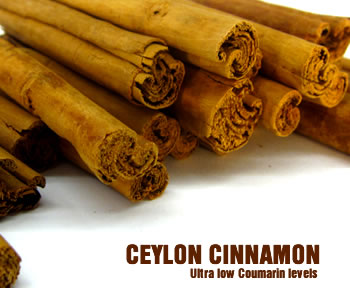Mithrandir420
Well-Known Member
I have found that the ph is less important in cloning than a healthy mom, and correct environment is. I clone in rockwool. I soak the cubes in water that is anywhere from 5.4 - 5.8-ish. I use the rooting powder from home depot. I get roots on 50%+ in 7 days. 100% in about 10 days.
Of all things though, a healthy mom is the most important.
Of all things though, a healthy mom is the most important.






